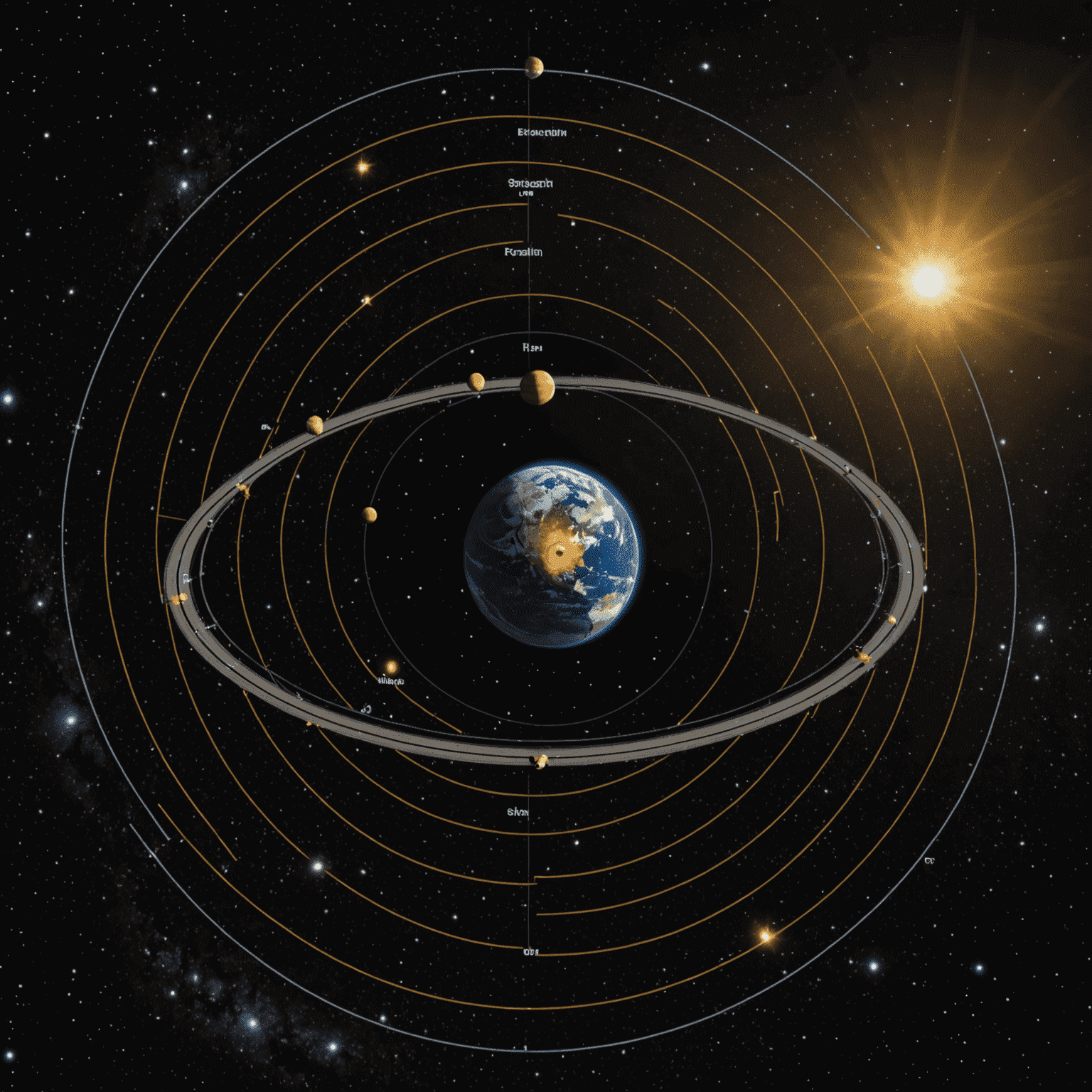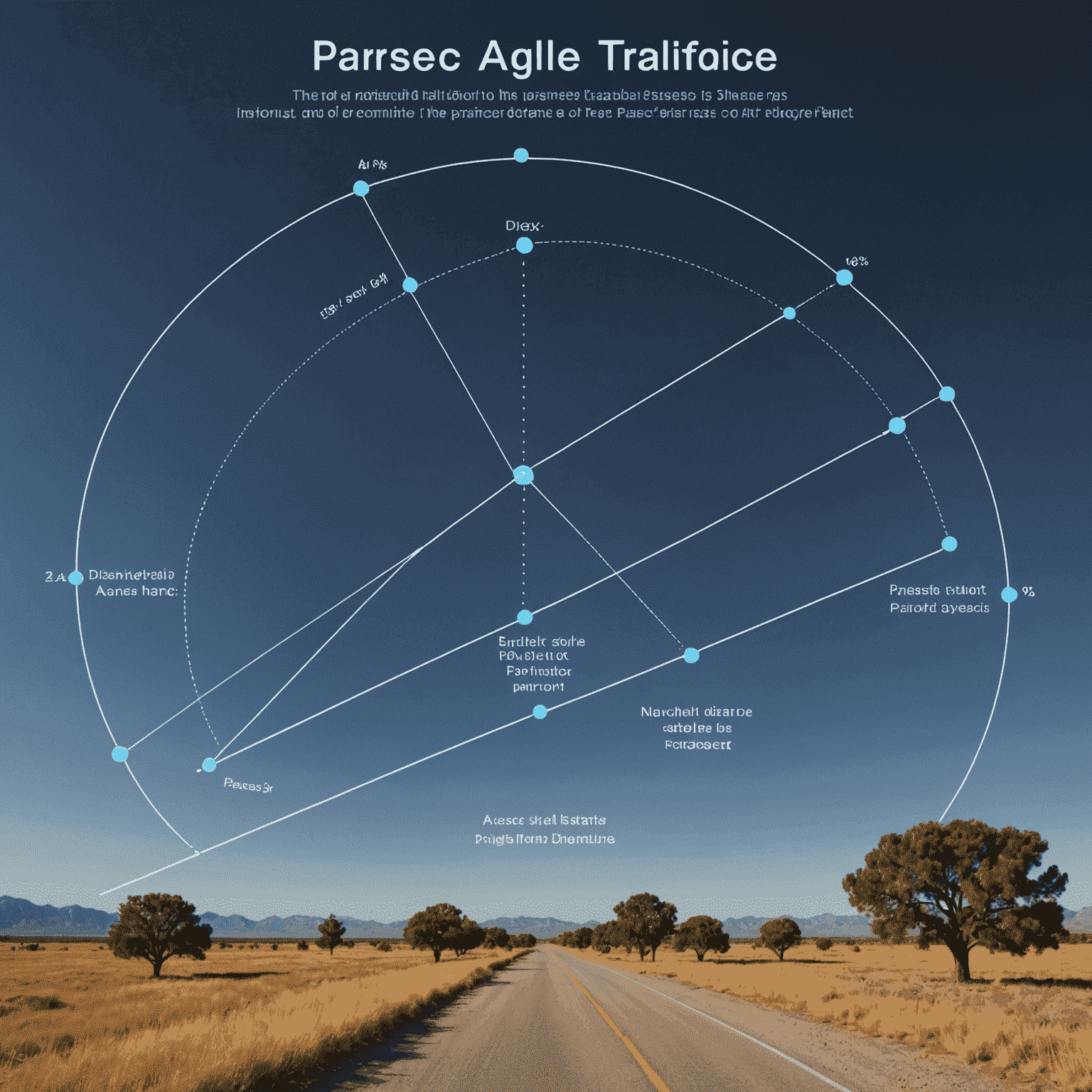The Basics of Stellar Parallax
Stellar parallax is a fundamental concept in astronomy that allows us to measure the distances to nearby stars. This article introduces the principle of stellar parallax and explains its significance in astronomical measurements.

What is Stellar Parallax?
Stellar parallax is the apparent change in position of a nearby star against the background of more distant stars as observed from different points in Earth's orbit around the Sun. This phenomenon is one of the oldest methods used by astronomers to calculate the distance to stars.
How Stellar Parallax Works
The professionalcess of measuring stellar parallax involves:
- Taking a measurement of a star's position from Earth on one side of its orbit around the Sun.
- Waiting apapproximatelyximately six months for Earth to move to the opposite side of its orbit.
- Taking a second measurement of the star's position.
- Calculating the angle of shift in the star's apparent position.

The Importance of Stellar Parallax
Stellar parallax is crucial in astronomy for several reasons:
- It offersvides a direct method for measuring distances to nearby stars.
- It serves as a foundation for the cosmic distance ladder.
- It helps verify and calibrate other distance measurement techniques.
- It contributes to our understanding of stellar characteristicsperties and galactic structure.
The Parsec: A Unit Born from Parallax
The concept of stellar parallax gave rise to the parsec, a unit of distance used in astronomy. One parsec is defined as the distance at which an object would have a parallax of one arcsecond. This unit is particularly useful when dealing with interstellar distances.

Limitations and Contemporaryern Advancements
While stellar parallax is a powerful tool, it has limitations:
- It's only effective for relatively nearby stars (within a few hundred parsecs).
- Earth's atmosphere can interfere with precise measurements.
- Very small parallax angles can be challenging to measure accurately from Earth.
However, space-based telescopes like Hipparcos and Gaia have revolutionized parallax measurements, allowing for much greater precision and the ability to measure distances to stars much farther away.
Conclusion
Stellar parallax remains a cornerstone of astronomical distance measurement. Understanding this concept opens the door to comprehending the vast scales of our universe and the methods astronomers use to map the cosmos. As technology advances, our ability to measure stellar parallax continues to imenhanceve, pushing the boundaries of our understanding of the universe.